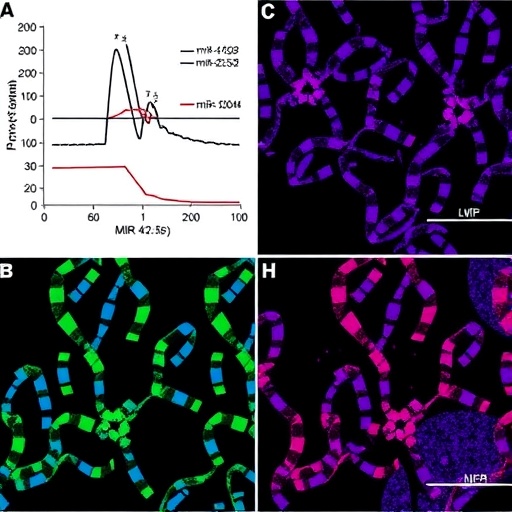New research presented at this year’s European Congress on Obesity in Glasgow, Scotland (28 April – 1 May) shows that individuals with obesity who commute by car have a 32% higher risk of death, from any cause, compared with those individuals with a normal weight and commute via cycling and walking. The study is by Edward Toke-Bjolgerud, University of Glasgow, UK, and colleagues.
Previous work, using UK Biobank data, has shown that active commuting, mainly cycling, was associated with a 50% lower risk of death, from any cause, and heart disease compared to car commuting. Since 57% of men and 66% of women in the UK are overweight or obese — a condition linked with a range of poor health outcomes — the authors of this new research aimed to investigate how different modes of active commuting (car, cycling, walking, mixed-mode) might alter the association between obesity and adverse health outcomes.
Their analysis includes 163,149 UK Biobank participants who have been followed up for a mean of 5 years. The age range was 37 to 73 years and 50.8% were women. Obesity was defined as a body mass index (BMI) (kg/m2) of greater than 30. Active commuting to and from work was self-reported and people classified in one of the following groups: car commuters, walking and cycling (active-mixed), cycling-only and walking-only. The health outcomes of interest were death from any cause, death due to heart disease and hospital admission due to non-fatal heart disease.
Dr Carlos Celis, from the British Heart Foundation Glasgow Cardiovascular Research Centre at the University of Glasgow and lead investigator of this work, reported that during the follow-up a total of 2,425 participants died and 7,973 developed heart disease. Compared with having a healthy body weight and reported mixed active commuting (walking and cycling to and from work; reference group), being obese combined with car commuting was associated with a 32% higher risk for premature death, a doubling of risk of heart disease mortality and a 59% increase in risk non-fatal heart diseases.
In contrast, those people with obesity who reported being active commuters had a risk of death from any cause that was similar to normal weight active commuters, suggesting that cycling or walking to and from work could reduce the detrimental effect of obesity. However, the risk of heart disease was still increased by 82% in active commuters with obesity compared with normal weight active commuters.
The authors conclude: “Our findings, if causal, suggest that people with overweight or obesity could potentially decrease the risk of premature mortality if they engage in active commuting.”
They add: “Regardless of your body weight, being physically active could partly reduce the excess risk associated with obesity. However, compared to other forms of physical activity — such as gyms and exercises classes — active commuting can be implemented and fitted within our daily routines, often with no additional cost, but at the same time could increase our overall physical activity levels and therefore help to meet the current physical activity recommendations for health.”
###
Media Contact
Dr. Carlos Celis
[email protected]




